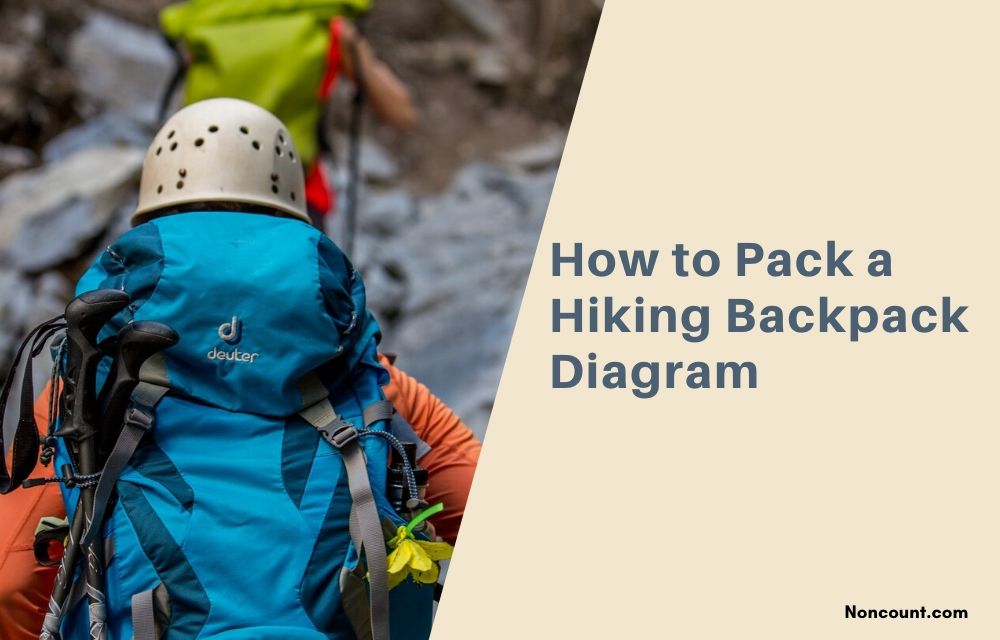
Within this article, I set out all things you could want for traveling, either for transportation uses or for outdoor activities (or both)-for your hiking bag or traveling backpack. In the backcountry, individuals spend a lot of effort in finding the best backpack for their money.
We have equipped, check various versions, and review specifications to identify the best backpack for you back that fits well for them.
It is essential to purchasing a pack that suits well and provides the correct amount of functionality, but that is just a part of the discussion. You ought to learn how to carry your bag correctly, so the load is spread equally, and the things in it are simple to locate.
Should not neglect the value of creating a packaging program, because a badly packaged bag will damage your spine and cause unwanted hiking hazards.
Because both traveling and hiking rucksacks may be used for both outdoor and visit camping activities, whether you are planning to hike and vice versa, you may disregard different outdoor objects.
Arrange for Accessibility:
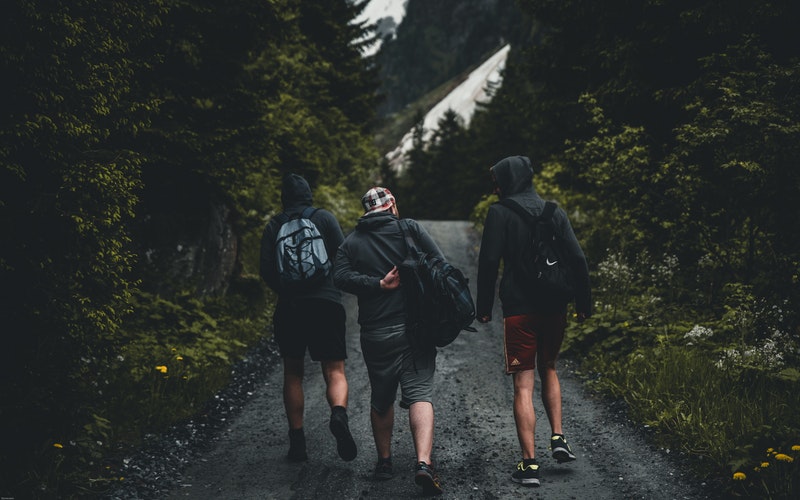
Carrying a backpack is mostly about performance-storing things so that they can be quickly reached while you want them. This requires you some time to sort out which process and arrangement fit better for you.
Exercise loading and unloading your bag at home as well as on quick outings, so you can check to see what fits best.
Nonetheless, you choose to build a system that you can use the very same style because when you want it, you use what is correct. Expertly assembled, a backpack will accommodate an impressive number of tools. Yet, where will it go? There is no sure way to pack it correctly.
Set out most of your equipment at home and try various packing procedures before you figure out just what best fits for you. Using a guide for backpacking to ensure you have something and make observations on what went good (or poorly) during-trip on your guide.
- Sleeping bag (several bags have such a lower pocket suitable for one) contains heavy stuff you can’t need until starting camp.
- Sleeping pad (mainly when it is rolling in a mini form).
- Some clothes that you would like to lie in, including long undergarments.
- Camping socks our booties off.
- Loading this type of fluffy, squishy stuff at the base often provides some inner shock-absorption mechanism for both your rear and backpack.
Allocate By Weight:
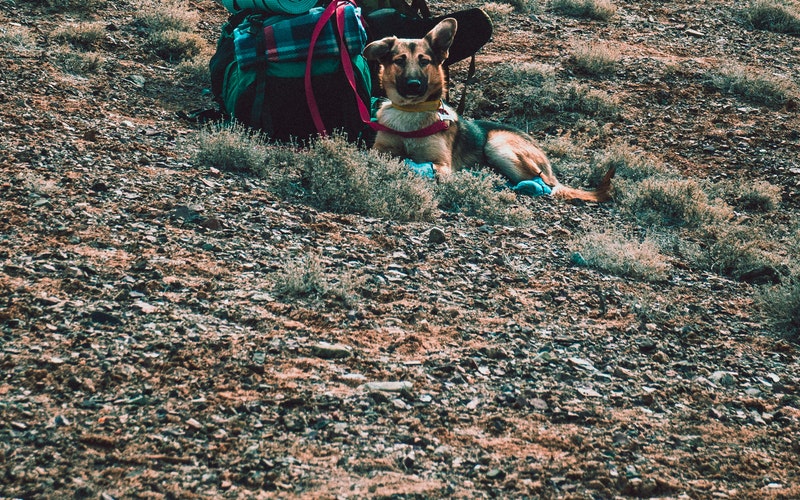
There is plenty of versatility to carry a bag. Distributing the load equally is essential, so you will not stress your arms or spine. Generally speaking, you will wish to bring great things as low as practicable to the middle and closer to the rear.
You need the stuff to maintain balance, too, because you’re not lop-sided or highest-heavy. Starting from the bottom up, this is how the load in your backpack will be distributed:
This post provides advice on preparing and describes how to load your necessary gadgets in the bag. As you settle on your shoulders, a very well-loaded pack should feel at ease and does not move or turn while you walk with that as well.
Packing may be divided into three areas, including external space: Lower area: Ideal for heavy equipment and things not required before camping.
- Central region: Perfect for the massive, thicker pieces.
- Upper zone: Fine on the path for more large essential items you will need.
- Appliance bags: Perfect for crucial things you might want immediately or continuously.
- Gear loops and hang-on points: Fine for over-dimensional or excessively big objects.
Visualize cordwood piling. You put down rows, not create columns: occupy nooks and crannies before you have a good, secure pack — and ensure that the mass on every part is evenly distributed. To balance your load, secure the comfort belts, and keep them from moving while you walk.
Other Concerns on packing:
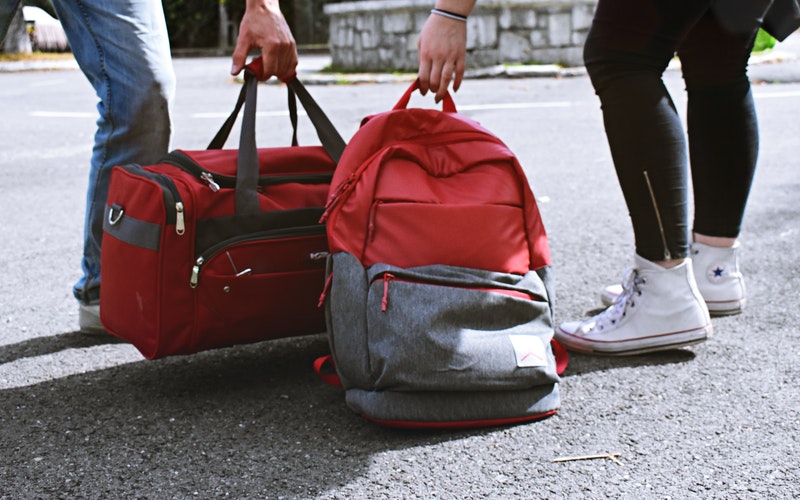
Other than years of training, the perfect backpack company has the certain necessary information about it.
1. Usage frequency:
Widely used products must be stored in mesh bags, traveler’s planners, zippered front bags as well as other ground storage areas. Equipment for light night time must be stored in the bedroom closet.
If there is no sleeping space accessible, they must be situated under a heavy burden. In downpours, the Rain cover will be readily available.
2. Crush:
You cannot position delicate objects explicitly underneath the heavy burden.
3. Mass and position:
Weight allocation is producing time on the self within the pack. This moment is the result of an object’s mass and the length to a part of the body from such an element. The larger the moment, the higher pressure added to the body portion of the object.
Therefore the loads will be positioned in such a manner that mainly both the overall energy added to the body is small and the maximum moment accrued across the most robust joints (thighs and legs) as well as a minor moment accumulated across the backbone and arms.
4. Spills:
Beverages must be put at the base to avoid spills, but I strongly suggest that they must be kept within containers.
5. Dampening:
Once the backpack is fallen or crashes, some puffy, compact objects soak the impact and shield the things from disruption. They usually always camp stuff at the edge.
6. Compactness:
Clearly, low-density stretchable objects must be put within larger chambers is compressed, compact areas whereas massive, solid objects must be placed inside.
Packing for convenience:
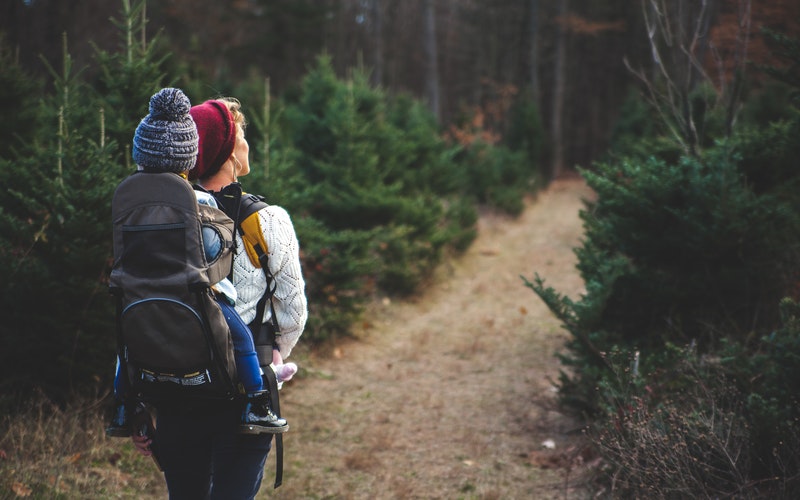
Unless your bag isn’t easy, you basically can’t like traveling. As you fill your bag, worry about the positioning of objects, particularly the things that you located closed by your back.
You do not wish anyone to hit you in the end, or lean on your back wrongly. This positioning is essential for the incredibly-ultra light people who are reducing load by eliminating the thicker back frame. If it is a problem and as an additional security feature, you can put your sleeping mat across your back.
You do not want stuff to shake in, too. Using tiny garments to protect your cooking utensils as well as other things as you travel, which appear to jostle or clang. Use it to your health and many on the path surrounding you.
You will always maintain the things clean inside it and in your bag. You do not want to have something hanging around the house. Material that is poorly packed outdoors will catch on branches or, perhaps worse, spill out of your bag.
When preparing your things for a hiking journey, focus very carefully on what you’re carrying with you. Abandon the things you don’t want or need, and bring the products which are necessary for the journey. The grills are popular with backpacks. One of the greatest things that you can get is this backpacking grill.
Hold heavy products along the base and in the center of the bag while packing. Arrange your supplies in gear bags and carry accessible the things that you will use on the road while placing products you use at the back of the pack at base.
